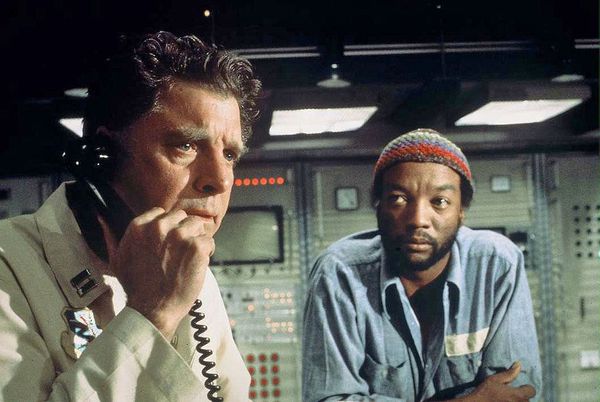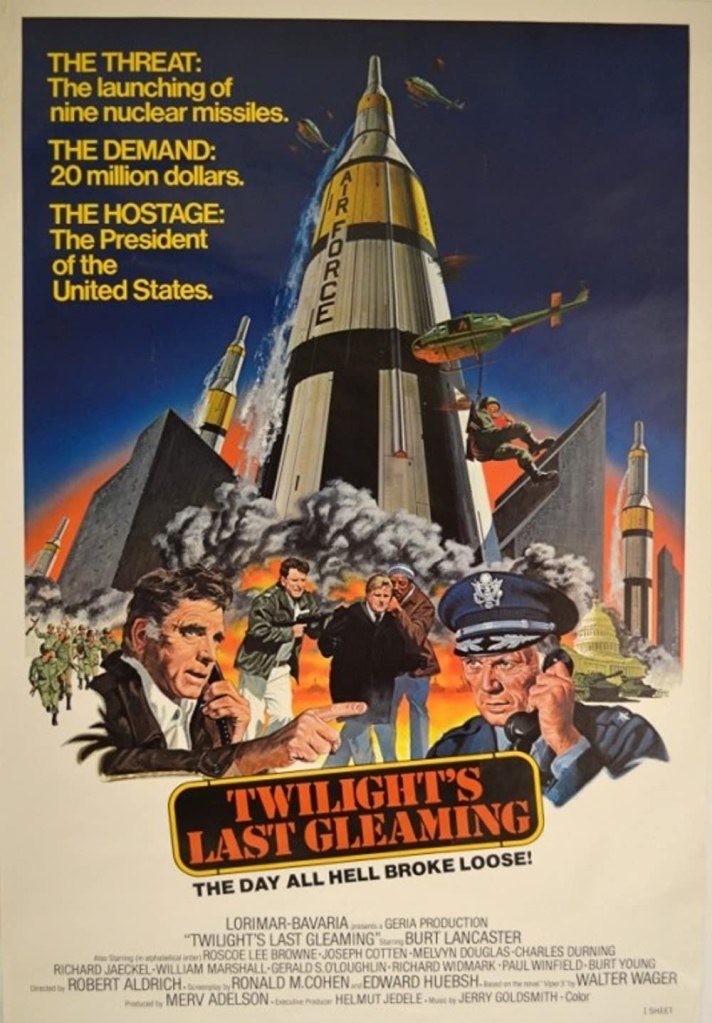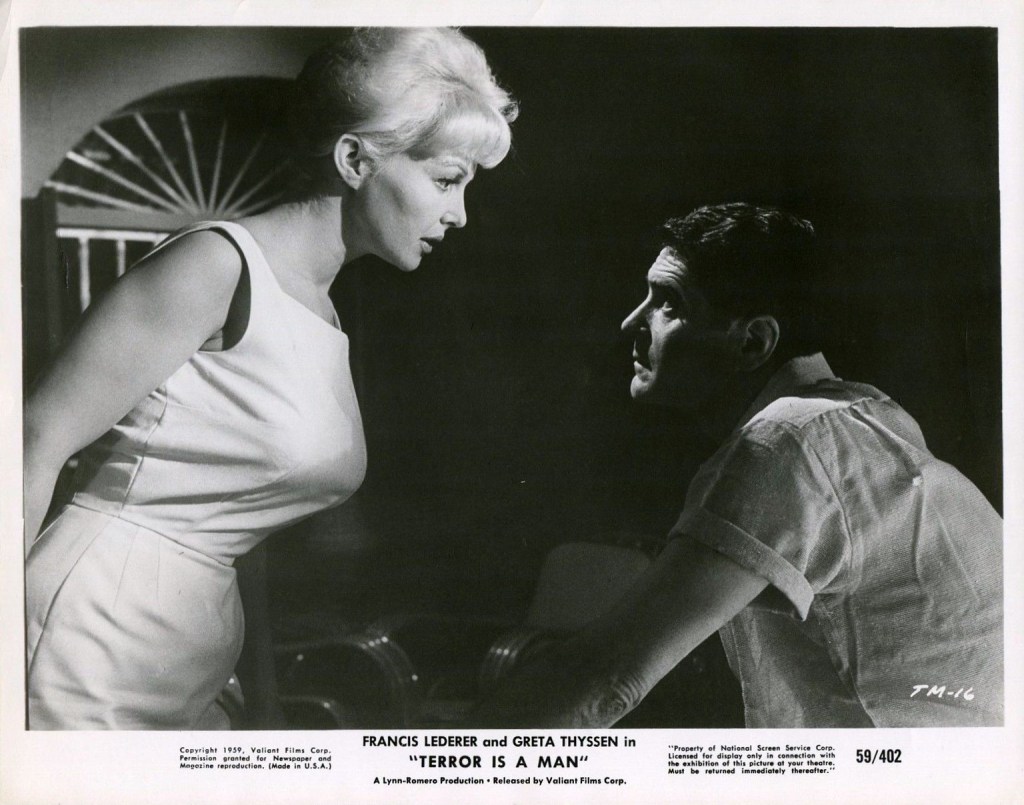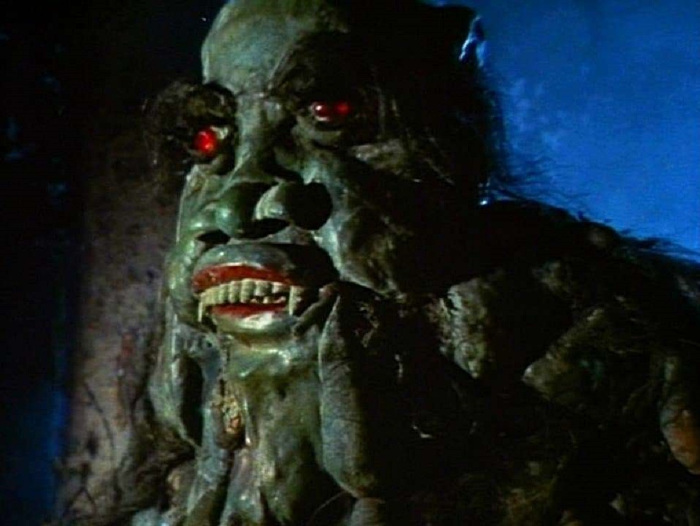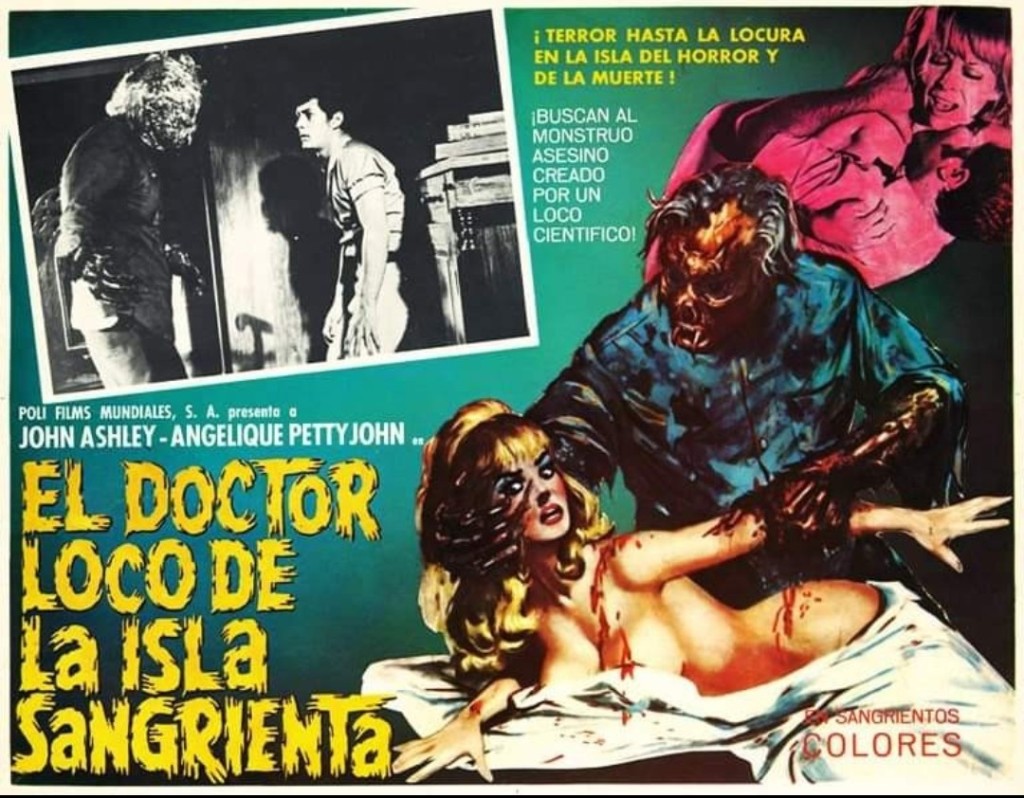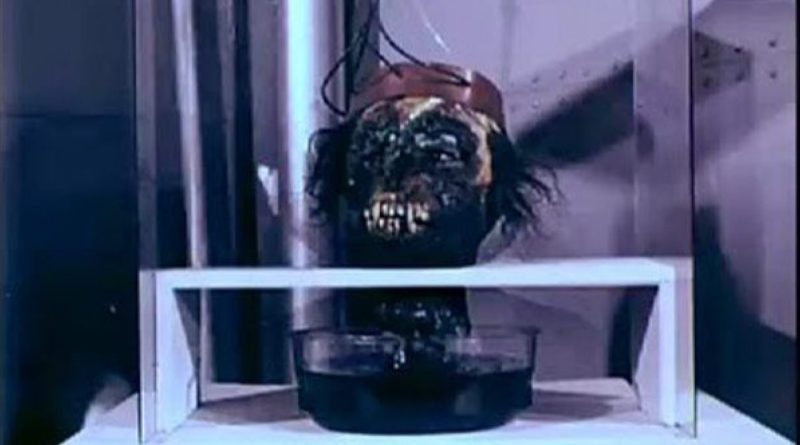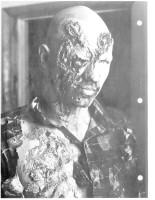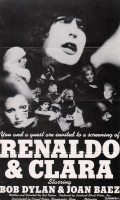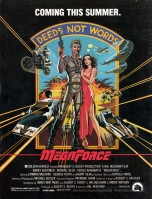
The year is 1933. The United States of America has been brought to its knees by economic disaster, resulting in the Great Depression. Across the country, millions of people find themselves out of work and no longer able to keep roofs over their heads. Men become transients who survive by any means necessary and travel the land looking for work by stowing away on trains. One conductor who refuses to let hobos ride his train for free is Shack (Ernest Borgnine), a fearsome brute unafraid to murder any unwanted passenger. He is a despised legend to both the hobos of the country and the railway workers forced to deal upfront with his violent tactics, but the Shack may have just met his match in the most famous tramp of them, A-Number-One (Lee Marvin).
A-Number-One is a legend in his own right and he is determined to get to Portland by way of Shack’s train no matter what. The gauntlet has been thrown down, and with his fellow bums cheering him on and the rail men taking bets on his possible fate, A-Number-One accepts the challenge of outwitting the sadistic conductor with the help of the brash younger hobo Cigaret (Keith Carradine) and seeing if he has what it takes to become “Emperor of the North Pole”.

Robert Aldrich’s harrowing, gritty period adventure Emperor of the North didn’t stand a chance at the box office when it first released; its own studio 20th Century Fox was confused as to how it should be effectively marketed to the masses, and films aimed at younger audiences made on modest budgets were finding greater success and profitability. It would take several decades for this criminally underrated masterpiece to find appreciative viewers through home video and cable television.
Few filmmakers were able to take advantage of the Hollywood studio system to make entertaining features with subversive undertones as effectively and memorably as Robert Aldrich did in the 1950’s and 60’s. After all, this is the man who directed the seminal Atomic Age film noir Kiss Me Deadly, the creepy thriller What Ever Happened to Baby Jane?, and the exhilarating WWII action epic The Dirty Dozen. Emperor stands as one of Aldrich’s greatest achievements behind the camera, one that stands the test of time thanks to its unflinching approach to addressing the poverty and unlawful brutality that has been all too present in America since it was founded. Income inequality and unpoliced abuses of the free market by major corporations and their political puppets help to create the situations in which most unemployed Americans find themselves presently, and the excessive force practiced by this country’s law enforcement professionals against its citizenry is worse than it ever was.
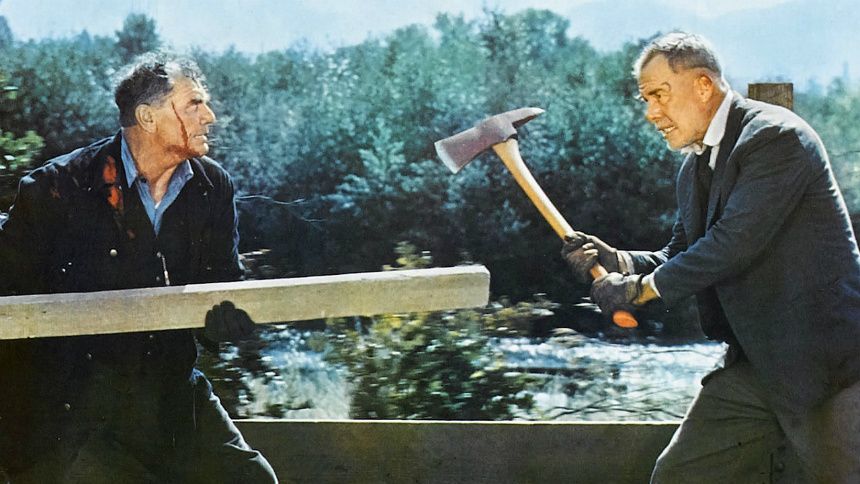
Screenwriter Christopher Knopf (20 Million Miles to Earth) drew upon two of Jack London’s autobiographical accounts of his days traveling across the U.S. as the basis for a script that is rich in evocative imagery and hard-boiled dialogue seeped in the sad yet cautiously optimistic poetry of the open road. Under Aldrich’s brutally harsh direction, Emperor of the North comes to embody the ongoing battle between the besieged working class and the authoritarians granted almost unlimited power to bend the proletariat to the will of the oligarchy, only told in the broad strokes of mythology. A-Number-One, portrayed with playful wisdom and true grit by the legendary Lee Marvin, is the classic hero who is beloved and lionized by his fellow man to heights that will ensure his legacy will endure long after he is dead. He is given the perfect villain in the form of the sadistic Shack, brought to sweaty, bug-eyed, yellow-teethed life by the late Ernest Borgnine, a god among character acting who always made the movies he appeared in just a little bit better just from his presence alone.

Borgnine imbues Shack with a fury that borders on demonic and his flaring blue eyes cannot conceal, and his character is granted enough justification for his unforgivably atrocious actions against the men who commit the cardinal sin of simply wanting a free ride they would otherwise pay for if they had the money. To this day, pundits and politicians alike complain that lower and middle class Americans are always wanting a “free ride”, and by that they naturally mean government-funded social programs that are created to assist those who do not have massive bank accounts, golden parachutes, and million dollar book deals to fund their lifestyle. If the character of Shack wasn’t meant to personify the right-wing viewpoint that the poor are only that way because they are lazy and need to be taught to respect authority and the value of pulling yourself up by your bootstraps and learning the value of an honest day’s work, he ends up being that personification when you analyze the film from a contemporary social and political perspective. Perhaps that is what Aldrich, who turned an exciting WWII action epic into a subtle yet scathing critique of the Vietnam War, had in mind all along.
Aldrich lets the audience know he doesn’t intend to play around in the opening scene where Shack clubs a hobo over the head and watches as the poor man gets pulled under the train and cut in half, and the camera refuses to turn away from the bloody aftermath. Such shocking imagery was not exactly common in PG-rated studio features, but Emperor of the North manages to skirt the draconian laws of the MPAA by not being a wall-to-wall festival of violence and gore. The film runs nearly a minute of two hours but doesn’t fall victim to slow stretches and scenes that go nowhere thanks to the sharp editing of longtime Aldrich collaborator Michael Luciano (Twilight’s Last Gleaming). The time between action sequences is wisely spent setting up the characters and the times they now live in with art direction by Fox veteran Jack Martin Smith (Beyond the Valley of the Dolls, M*A*S*H) and set decoration by Raphael Bretton (The Towering Inferno) that adds immeasurably to its authentic atmosphere of grime and desperation. Another favored member of Aldrich’s behind-the-scenes talent is composer Frank De Vol (who worked on some of the director’s best features, as well as creating the theme music for The Brady Bunch), contributing a jaunty original soundtrack that ideally underscores the quieter moments of Emperor as well as the scenes where the tension is thick enough to cut with a chainsaw.

The climatic set-piece features a thrilling showdown between A-Number-One and Shack atop the moving track where the two combatants duel to the finish with any weapon they can get their hands on. Aldrich shoots the action with a respect for the geography of the final battle and achieves an unforgettable effect through a combination of tight close-ups and professional stunt work that you just don’t see on the big screen anymore. Keith Carradine, in one of his earliest film roles, rips into the character of Cigaret with swaggering confidence and a brash, loud-mouthed personality that could only come about from the need to conceal embarrassing inadequacies. His chemistry with Marvin is convincing enough to power their unlikely mentor-student relationship. Aldrich stocks the supporting cast of Emperor of the North with some of the finest character actors there ever was, including Matt Clark (Pat Garrett and Billy the Kid) and Vic Tayback (Alice) as railroad yardmen, Elisha Cook Jr. (The Killing) and Sid Haig (The Devil’s Rejects) as a pair of A-Number-One’s fellow bums, and Simon Oakland (Psycho) as an overwhelmed policemen made to look the fool in one of the film’s comedic highlights.


